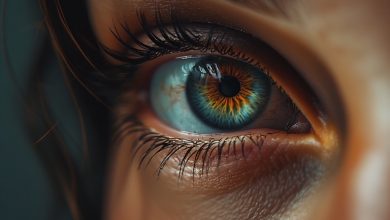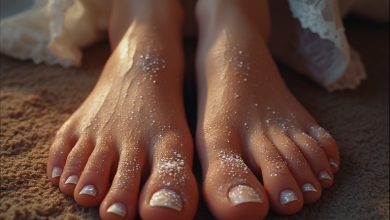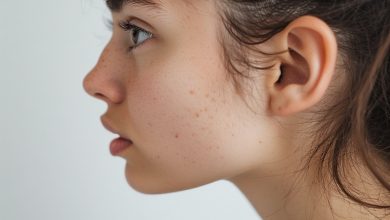
Dealing with a skin rash can be frustrating, especially when it disrupts your daily routine. If you’ve been searching for effective solutions, you’re in the right place. Clindamycin, a trusted antibiotic, offers targeted relief for many skin conditions. In this article, we’ll explore how clindamycin works, actionable steps to maximize its effectiveness, and home remedies to complement your treatment.

What Is Clindamycin, and How Does It Help With Skin Rashes?
Clindamycin is an antibiotic commonly prescribed to treat bacterial infections, including skin rashes caused by acne, folliculitis, and infected wounds. Its anti-inflammatory properties help reduce redness, swelling, and irritation, making it a go-to treatment for many dermatological concerns.
7 Proven Clindamycin Skin Rash Treatments
1. Follow Your Doctor’s Prescription Strictly
Clindamycin is most effective when used as prescribed. Whether it’s a topical gel or an oral antibiotic, ensure you:
- Apply the right amount.
- Take the medication at the same time daily.
- Complete the full course, even if the rash improves early.
2. Pair Clindamycin With a Gentle Skincare Routine
Avoid harsh soaps and exfoliants that may irritate your skin further. Opt for:
- A fragrance-free cleanser.
- A non-comedogenic moisturizer.
- Sunscreen to protect sensitive skin during the day.
3. Stay Hydrated for Faster Recovery
Drinking water helps flush toxins and supports skin repair. Aim for at least 8 glasses a day to keep your skin hydrated and supple.
4. Avoid Triggers That Worsen the Rash
Identify and steer clear of triggers like:
- Allergens (e.g., dust, pet dander).
- Heat and sweat.
- Harsh skincare products.
5. Use Clindamycin in Combination With Benzoyl Peroxide
For acne-related rashes, dermatologists often recommend pairing clindamycin with benzoyl peroxide. This combination helps reduce bacteria and prevent antibiotic resistance.
6. Incorporate Anti-Inflammatory Foods
Support your skin’s healing process with a diet rich in:
- Omega-3 fatty acids (salmon, walnuts).
- Vitamin E (spinach, almonds).
- Antioxidants (berries, green tea).
7. Try Cool Compresses for Immediate Relief
Soothe itching and irritation by applying a cold compress to the affected area for 10-15 minutes. This simple step can reduce inflammation while clindamycin works its magi
FAQs About Clindamycin Skin Rash Treatment
1. How long does it take for clindamycin to work on a rash?
Results vary, but many users notice improvement within 1-2 weeks. For severe rashes, it may take up to a month.
2. Can I use clindamycin for all types of rashes?
No, clindamycin is effective for bacterial rashes but not for fungal or viral rashes. Consult your doctor for a proper diagnosis.
3. Are there any side effects of clindamycin?
Common side effects include dryness, redness, and peeling. Rarely, it may cause severe allergic reactions. Stop use and seek medical attention if symptoms worsen.
Final Thoughts: Your Path to Clear Skin
Clindamycin is a proven solution for bacterial skin rashes when used correctly. By following your doctor’s advice, maintaining a gentle skincare routine, and adopting healthy habits, you can achieve clear, rash-free skin.
Ready to take the first step toward healthier skin? Try these treatments today and enjoy the confidence of a glowing complexion. For more skincare tips, subscribe to our newsletter or explore our related articles.



